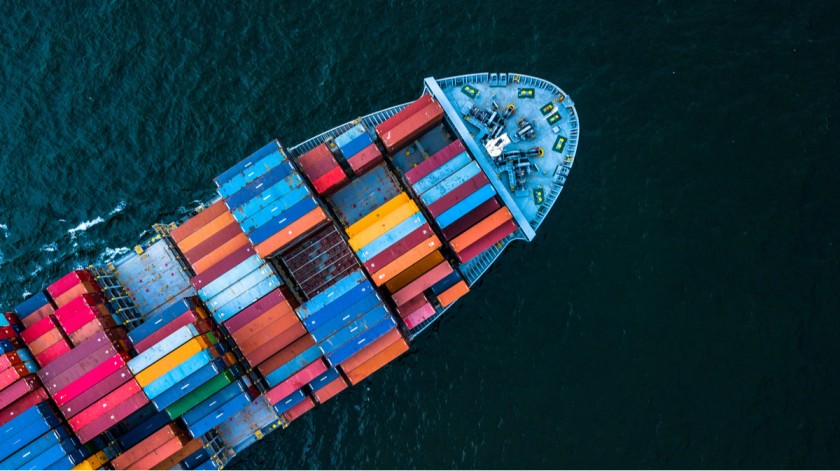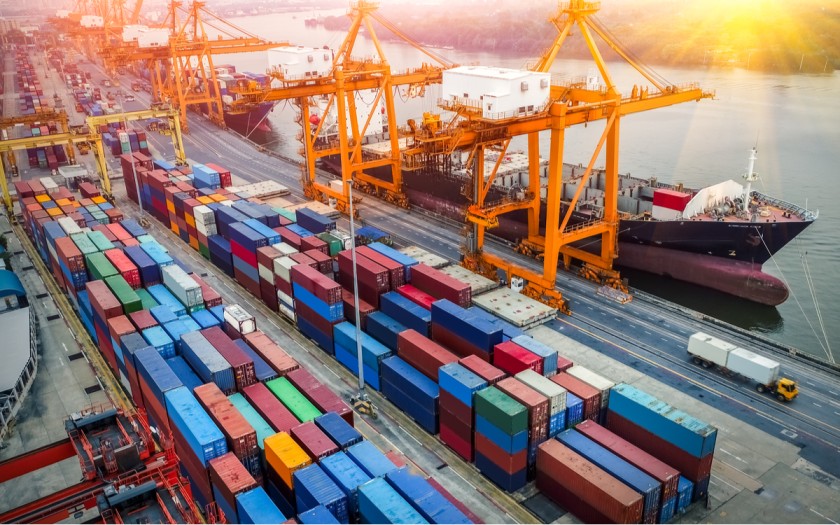5 Misconceptions About Importing And Exporting Textile



Textile is an interesting business that has a significant impact on the global economy. It is a detailed process of sourcing, manufacturing, and establishing a strong supply chain. With much variety in the textiles only, businesses can earn from diversified products. Like any other industry, the focus is on finding new perspectives in the evolving industry.
The textile manufacturers and outsourcing partners are betting on the technology, advanced processes, and cultural trends in gaining revenue from this business model. While there is a lot to analyse and consider in garment exports, this industry is not left behind when it comes to misconceptions. Let us know more about this budding industry.
Why import or export textiles?
International trade gives benefits to the manufacturers but before even jumping to the misconceptions, it is important to get into details about the need for international trade.
The abundance of raw material and cheap labour can be some of the favourable factors for textile manufacturers. The presence of a complete value chain from fibre, filament, garment, made-ups, etc., helps in lowering the cost of manufacturing. The availability of the readymade infrastructure with a large pool of skilled workforce makes certain areas more preferable for textile manufacturing.
Hence, creating customer-centric products and taking the help of third-party manufacturers have changed things a lot for the traditional textile industry. Further, the regional government support with social, political, and economic stability may help businesses to start the import or export of textiles according to the needs of the business. With that being said, let us start with the common misconceptions about the international trade of textiles involving garment exports and imports.
5 misconceptions about exporting textiles:

Manufacturing the textiles in one region and then exporting it to an international location is an intricate process. The textile exports industry in the US has reached a 22.1 billion USD market in 2017. Some of the common misconceptions about textile export include:
1. Exporting is full of risks and hence business doesn’t need to enter export when the domestic market is doing well.
Exporting the products to international locations involves strategic planning. Hence, many businesses feel like it is full of risk and should be avoided. However, with detailed production planning, warehouse management, and market analysis, it is possible to look for potential buyers for textiles.
Many businesses feel that there is no need to enter the exports when the domestic markets are generating enough revenue. However, it is not true as international markets bring the power of recognition and unpaid marketing for the budding textile businesses.
2. Exporting is complicated and getting paid can be problematic.
One of the challenges in export is payments. While there are pre-orders, advance payments, etc., getting full payments remains an issue for many companies. This is due to the different geographic locations, different legalised currencies, and many other factors. Hence, before starting for garment exports, it is crucial to understand this challenge.
It is important to eliminate the issues of pending payments by ensuring commitments and details of the stakeholders. Further, adding the payment clause in the contracts can help businesses eliminate this issue effectively.
3. There is a language barrier while communicating with the export of textiles.
Language barriers are common for businesses trying to excel in the exports of their products. Demographic changes count to language barriers that make it easy for the local players to gain an advantage over a specific area. Further, exporting your goods to a new location calls for detailed homework of the specific area, preferences, etc.
It is ideal to have a detailed study of the area of export before starting dealing with the region. It ensures that the team is prepared for the upcoming language barriers in handling daily export operations or completing the necessary documentation.
4. The products of my textile business will not be accepted in export markets.
Setting a target audience for textiles is one of the important parts of the production process. Exporting to the designated area makes sense only if the region is ready to accept the products. Hence, this product acceptance is a nightmare for any textile business.
It is important to create a demand survey or demand generation before starting to export garments to an international location. Once the details are obtained, it is easy to go for the export of textiles seamlessly.
5. Textile business is small to enter the export markets.
Many times businesses feel intimidated by the size of their operations. This is because the large and established players have their significant market share even in exports. No business is small or big unless the execution strategy is clear and impactful.
Hence, textile companies should not worry about their market share while looking to enter the export markets. It is all about the analysis, demand planning, and detailed execution of the process that makes businesses get the most out of the export markets.
5 misconceptions about importing textiles:

Buying the textiles from overseas for creating customised garments or simply selling the textiles at an international location that are not available in the domestic region includes textiles import. The textile imports industry in the US has reached 121.4 billion USD market in 2017. Some of the common misconceptions about textile import include:
1. Import leads to the reduced product quality of textiles for domestic markets.
The Import department in textile manufacturing prepares the best goods that are supposed for the customers of international locations. Hence, many times businesses do fear that this may lead to quality issues as domestic products will get cornered ahead of the import range.
The businesses must invest equal resources in their imports and exports market. It reduces the chances of facing quality issues at the manufacturing level that may increase the rejection rate. The strict SOP’s can solve the production quality issues.
2. Textile imports can drain the GDP growth from one region to another.
Manufacturing at one unit and importing them to the other location can cause significant changes in the national GDP growth. Hence, such countries do have GDP growth issues that may impact the national economy.
It is a myth that textile imports can hamper the GDP growth of the region. Manufacturing in one region creates necessary jobs for the regional skilled workers while the imports to the other region may create market opportunities for that area. Hence, there is no such issue of the GDP growth moving from one region to another with imports.
3. Textile imports have a monopoly on a few countries like China.
When it is about imports, China comes as a leading player with trying its hand at low-cost and low-quality alternatives of the popular products. The textile exports are also not different from the situation when artificial polymers are leading the change.
However, quality and affordable manufacturing remain the key to breaking the monopoly of the few players in textile imports. Businesses can concentrate on their quality and make the demands for their products more than ever.
4. The local regional players lose jobs when textile imports are allowed.
Another common issue for textile imports is the fear of loss of work for the local players. However, it is not true as increasing imports create a competitive advantage for the regional players.
The aim of delivering high-quality products remains at the core of the demands of textile businesses. Hence, while there is no loss to the regional players, they can concentrate on bringing the best quality and competitive product range according to the best sellers.
5. Textile imports may lead the company to zero-sum.
Zero-sum is a situation when businesses have zero total earnings as earnings from one side are spent on the other side. Imports involve large investments as businesses have to get all the permissions, necessary approvals, together with high-quality manufacturing.
Like any other business process, imports need to be consistently monitored to avoid a zero-sum situation. The specific imports team can manage all the documentation and monitor the expenses versus earnings to keep the imports on the profitable side.
Textiles Import/Export- multiple problems, one solution:
International trade is challenging and especially with garment exports, it can be difficult for new businesses to enter the global economy. It is great to have a quick look at the top misconceptions in the import and export of textiles. While the problems are discussed already, it is important to have an end-to-end B2B apparel manufacturing solution for small or new businesses.
Fashinza is the dedicated platform for the help of any fashion business. It has helped numerous clothing brands to manufacture their collections by ideally connecting them with high-end suppliers. It allows businesses to create in-house apparel manufacturing with a hassle-free, fast, and transparent manufacturing process. Visit Fashinza to stay updated on the best textiles, and to source the highest quality raw material for your clothing brand.



















